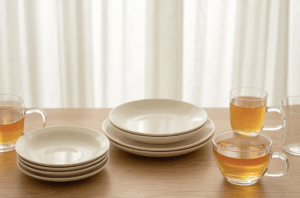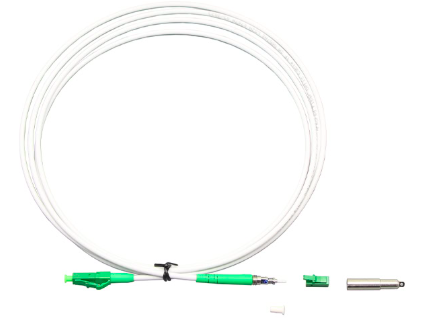Melamine vs. Acrylic: Which Material is Best for Your Needs?
Home » Melamine vs. Acrylic: Which Material is Best for Your Needs?
RECENT POSTS
Share:
- June 18, 2025
Table of Contents
When selecting tableware materials for home or commercial use—especially items like bowls, chopsticks, spoons, and cups—two popular options often arise: melamine vs acrylic. Each presents unique advantages and limitations depending on your priorities, such as durability, safety, weight, and appearance. This article analyzes the two materials with a technical lens to help you determine which is best suited to your dining needs.
Melamine vs. Acrylic: Material Composition & Structure
What Is Melamine?
Melamine is a thermosetting plastic formed from melamine resin and formaldehyde, which, after curing, becomes a hard, lightweight, and highly durable polymer. Melamine tableware typically has a smooth, glossy finish and resists scratching better than many plastics. Once molded and set, melamine cannot be melted down and reshaped.
Key Properties of Melamine:
- Hardness Rating: Rockwell M60–M100
- Melting Point: Does not melt; decomposes above 350°C
- Average Density: ~1.5 g/cm³
What Is Acrylic?
Acrylic, or polymethyl methacrylate (PMMA), is a transparent thermoplastic prized for its glass-like clarity and impact resistance. Although more commonly known in applications like display cases or signage, its lightweight and moldable nature also makes it viable for certain kitchenware.
Key Properties of Acrylic:
- Hardness Rating: Rockwell M90–M100
- Melting Point: ~160°C
- Average Density: ~1.18 g/cm³
- Microwave not recommended, heat-sensitive above 80°C
- Dishwasher safe if specified by the manufacturer
Melamine vs. Acrylic: Durability & Safety in Tableware
Durability Assessment
- Impact Resistance: Melamine tends to chip under extreme force, especially at edges. Acrylic, while more shatter-prone under sharp impact, offers better resilience in low-impact situations.
- Heat Tolerance: Melamine’s high decomposition threshold makes it excellent for hot food contact—though never microwave-safe. Acrylic softens above 80°C, posing risks of warping or leaching.
- Scratch Resistance: Melamine performs better in resisting utensil marks, while acrylic is more prone to surface scuffs.
Safety Considerations
- According to European Food Safety Authority (EFSA) guidelines, melamine migration limits in food contact should not exceed 2.5 mg/kg. High-heat exposure (e.g., microwaving or acidic foods above 70°C) may cause chemical leaching.
- Acrylic is considered chemically stable, but not recommended for use with boiling liquids or frequent heat cycling.

Aesthetic and Design Flexibility
Surface & Finish
- Melamine: Often produced in a wide array of colors and patterns; can mimic ceramic or porcelain finishes.
- Acrylic: Known for clear or translucent aesthetics with a glass-like appearance.
Weight and Feel
- Melamine items are slightly heavier and have a more “ceramic” hand-feel.
- Acrylic is ultralight and may feel less sturdy—but is favored for visual appeal and portability.
Practical Use Cases and Recommendations
Melamine: Ideal For
- Cafeterias, outdoor events, and households with children
- Frequent use in school and hospital food service
- Repeated dishwasher exposure (top rack)
Acrylic: Ideal For
- Cold beverage cups, serving trays, salad bowls
- Environments where weight and aesthetics matter—e.g., picnics, buffets
Conclusion: Which to Choose?
When evaluating melamine vs. acrylic for tableware:
- Choose melamine for durability, longevity, and cost-efficiency—especially for high-volume, heat-tolerant needs.
- Choose acrylic for aesthetic clarity, lightweight features, and cold-serving scenarios.
Ultimately, your specific use case—daily family meals, outdoor service, or elegant presentation—should guide your decision. If unsure, hybrid collections (melamine plates, acrylic cups) might offer the best of both worlds.
0


